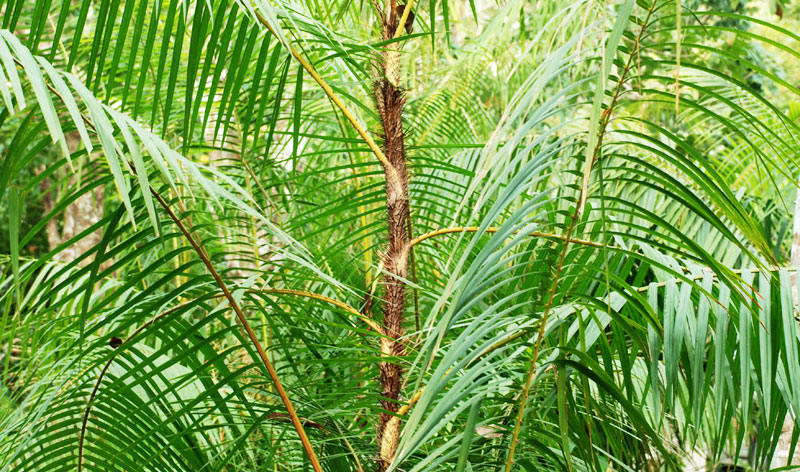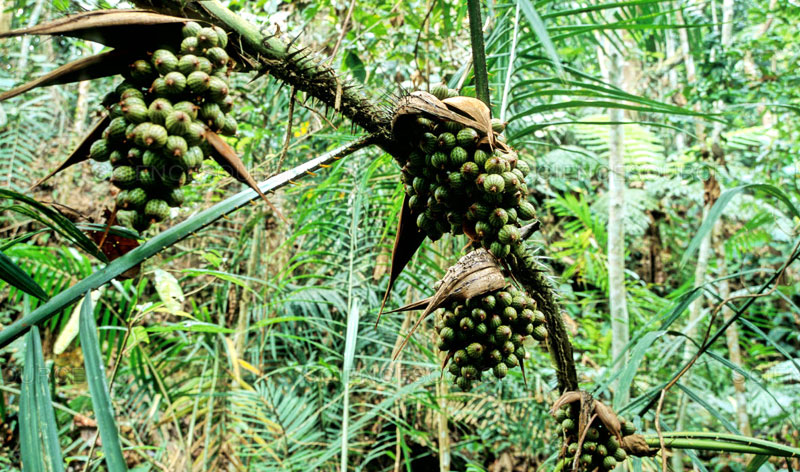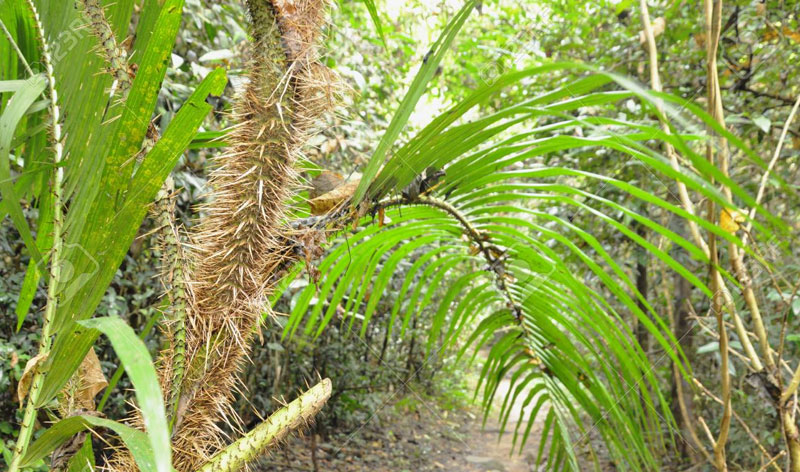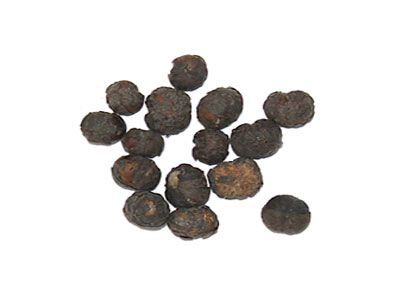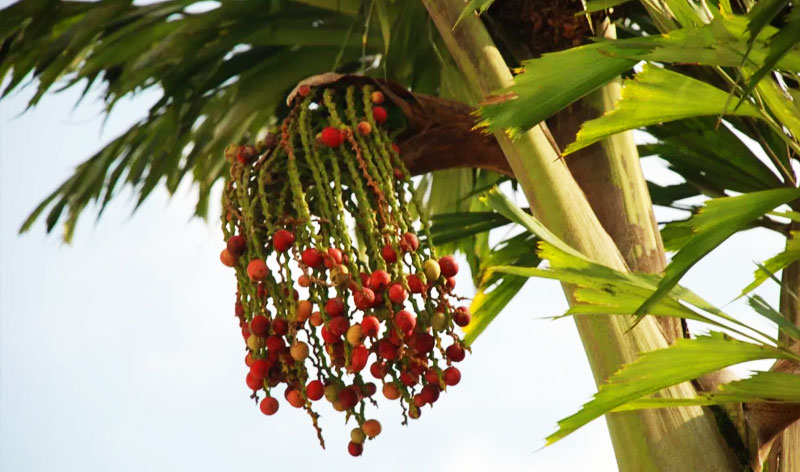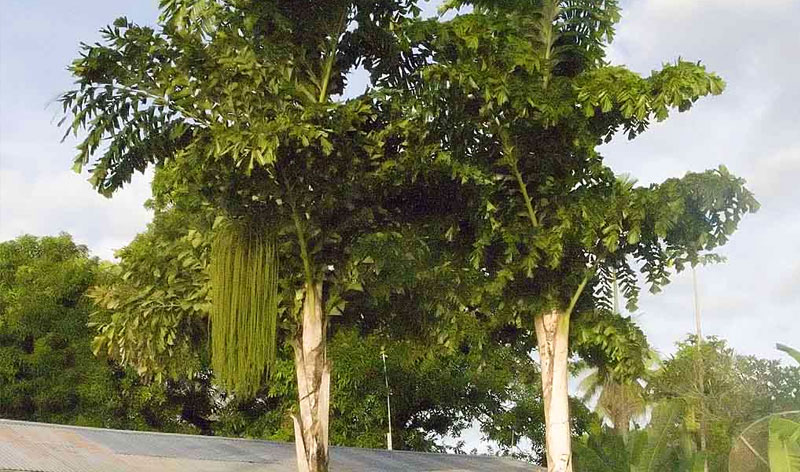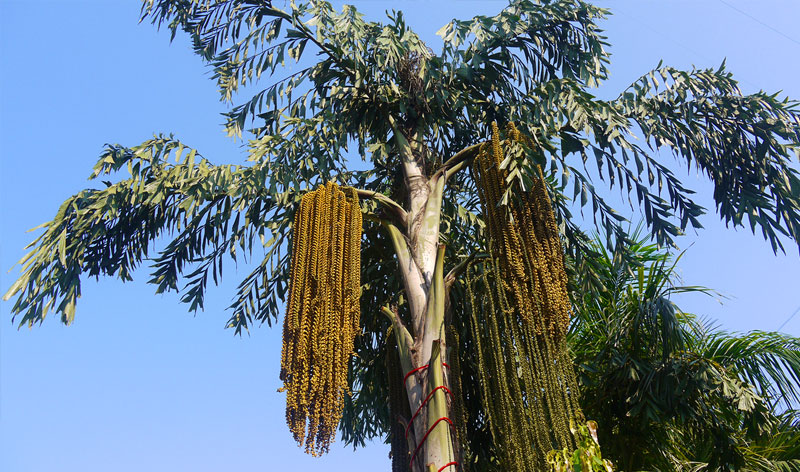Direct sourcing from Mother Nature.
Using Palm seed as a raw material
More than 2,600 species of palm tree grow worldwide. Each variety produces seeds with distinct characteristics, shapes and colors – from mottled to ivory white. Only a few species of palm produce seeds suitable for jewelry making, but blended with the skills and expertise of the artisan these seeds are transformed into unique, beautiful and enduring designs.

The Adonidia Palm Tree
The Adonidia Palm, commonly known as the Christmas Palm, is a native to Southeast Asia. It is a dwarf version of the Royal Palm, only reaching about 15 – 25 feet tall. Recently, this palm has had its scientific name changed from ‘Adonidia merrillii’ to ‘Veitchia merrillii’ but it is still largely referred to as the Adonidia.
This palm is noted for its self-cleaning fronds that do not leave boots on the trunk giving it a nice, neat appearance. Its pinnate (feather) leaves are glossy, arched and grow to about 5 feet long. Unlike many other palms, Adonidias do not have thorns on their petioles. During the summer, Adonidias produce cream-colored blossoms.
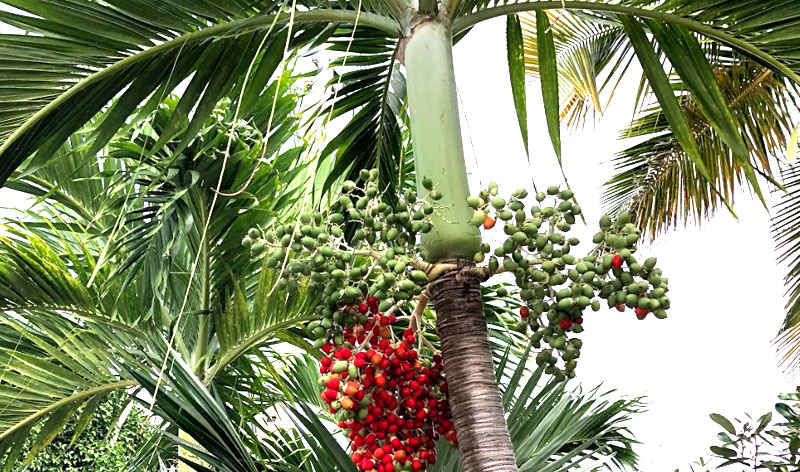


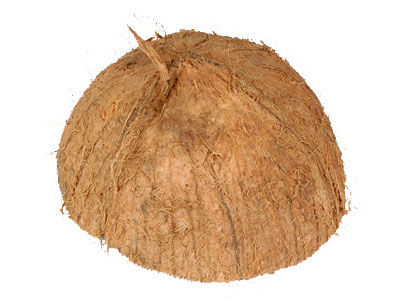
The Cocos Palm
The coconut tree (Cocos nucifera) is a member of the palm tree family and the only known living species of the genus Cocos. The term “coconut” can refer to the whole coconut palm, the seed, or the fruit, which botanically is a drupe, not a nut.
Coconuts are known for their versatility of uses, ranging from food to cosmetics. The inner flesh of the mature seed, as well as the coconut milk extracted from it, forms a regular part of the diets of many people in the tropics and subtropics.

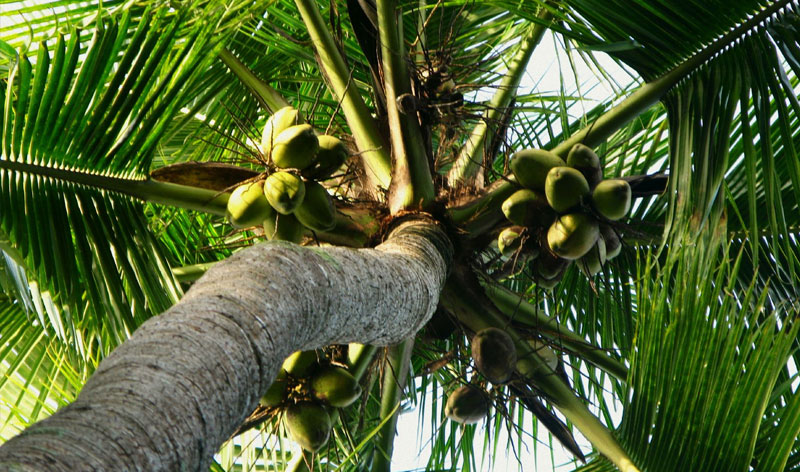
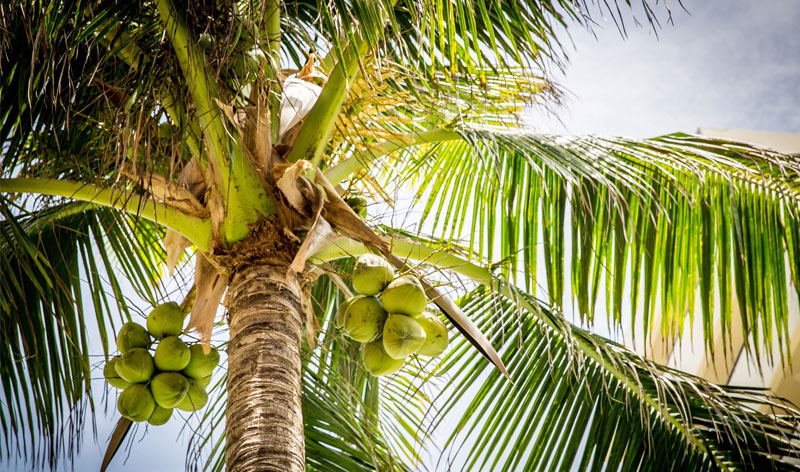
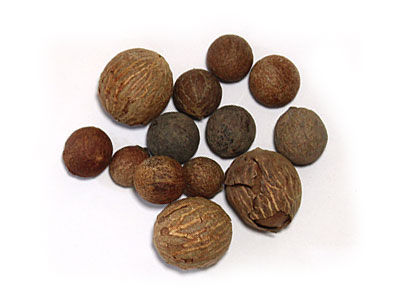
The Corypha Palm
Corypha is a genus of palms, They are fan palms, and the leaves have a long petiole terminating in a rounded fan of numerous leaflets.
All are large palms with leaves ranging from 2–5 metres in length. They reach heights of 20–40 m and with a trunk diameter of up to 1-2.5 m. All the species are monocarpic and die after flowering. The genus is relatively slow growing and can take many years to form a trunk.


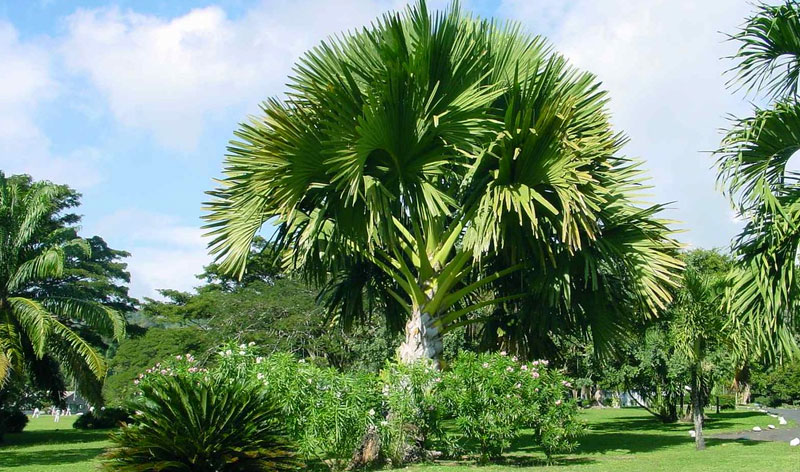

The Phytelephas Palm
Phytelephas is a genus containing six known species of palms. They are commonly known as ivory palms, ivory-nut palms; the scientific name Phytelephas means “plant elephant”. This and the first two of the common names refer to the very hard white endosperm of their seeds, which resembles elephant ivory.
They are medium-sized to tall palms reaching up to 20 m tall, with pinnate leaves. The “nut” is covered with pericarp, which gets removed by animals. The kernel is covered with a brown, flaky skin and shaped like a small avocado, roughly 4–8 cm in diameter.

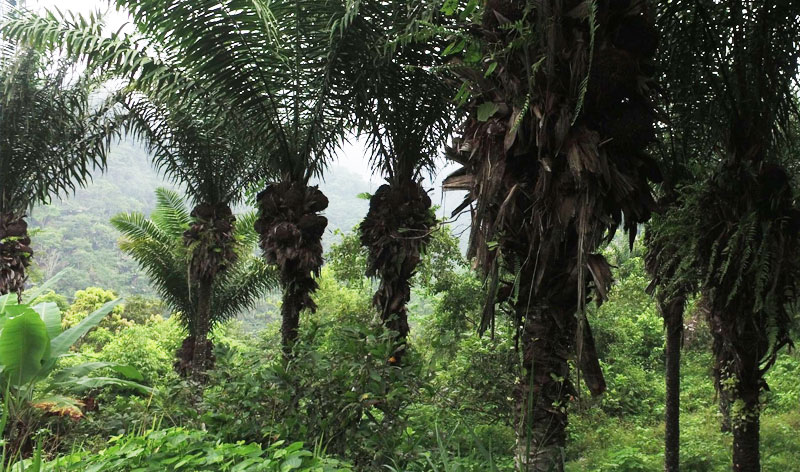
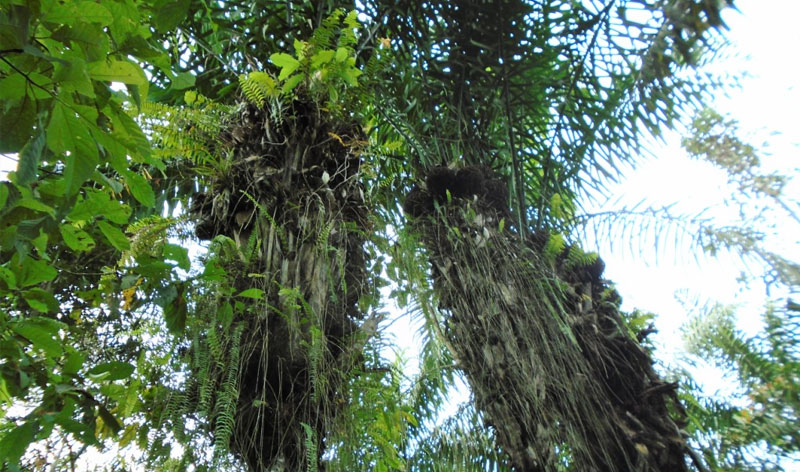
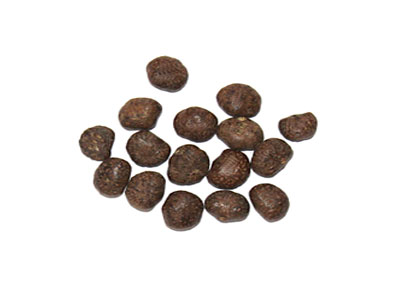
The Rattan Palm
Rattan / Rotan is the name for roughly 600 species of old world climbing palms belonging to subfamily Calamoideae. Rattan is also known as manila, or malacca. The climbing habit is associated with the characteristics of its flexible woody stem, derived typically from a secondary growth, makes rattan a liana rather than a true wood.
